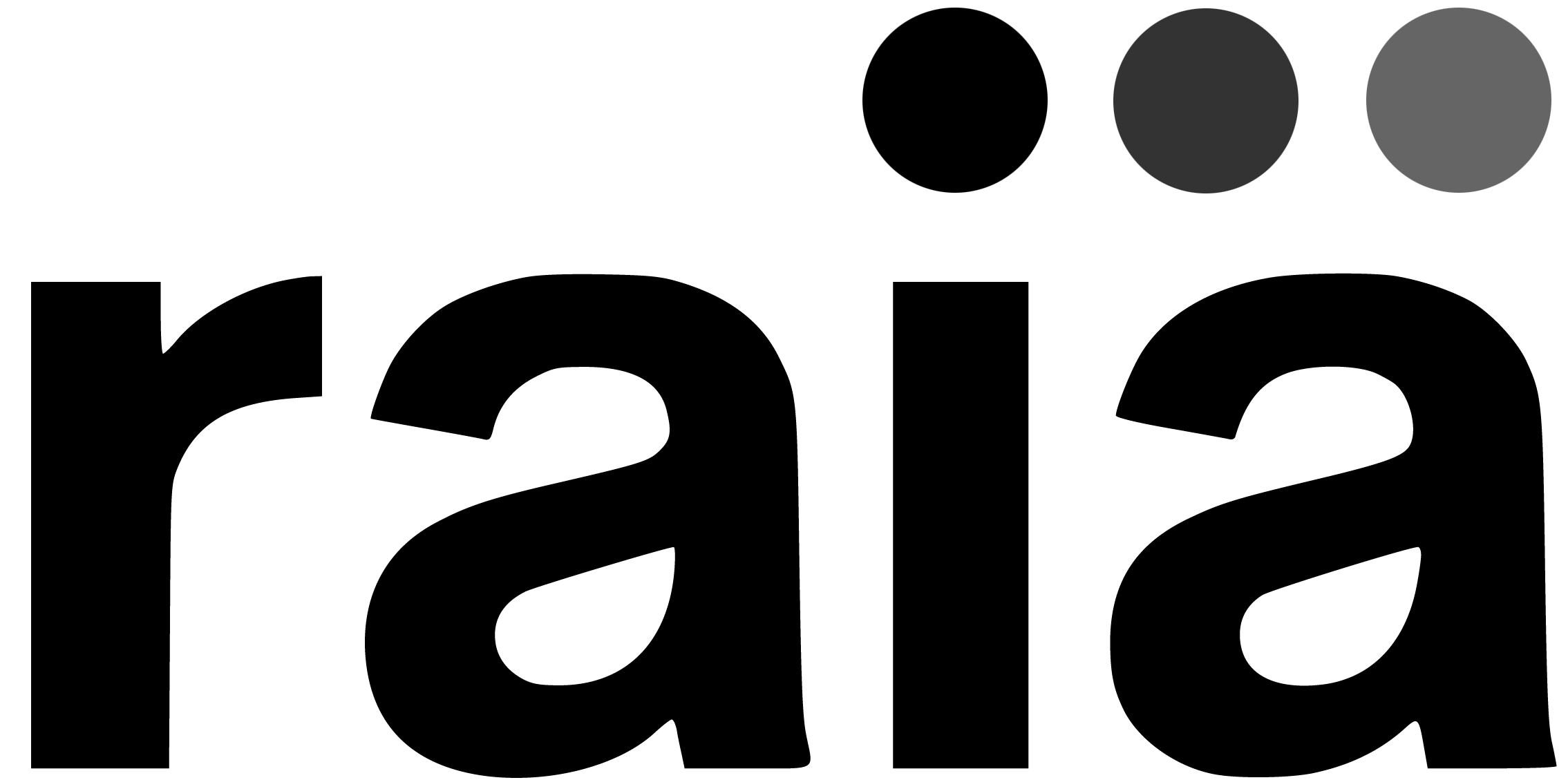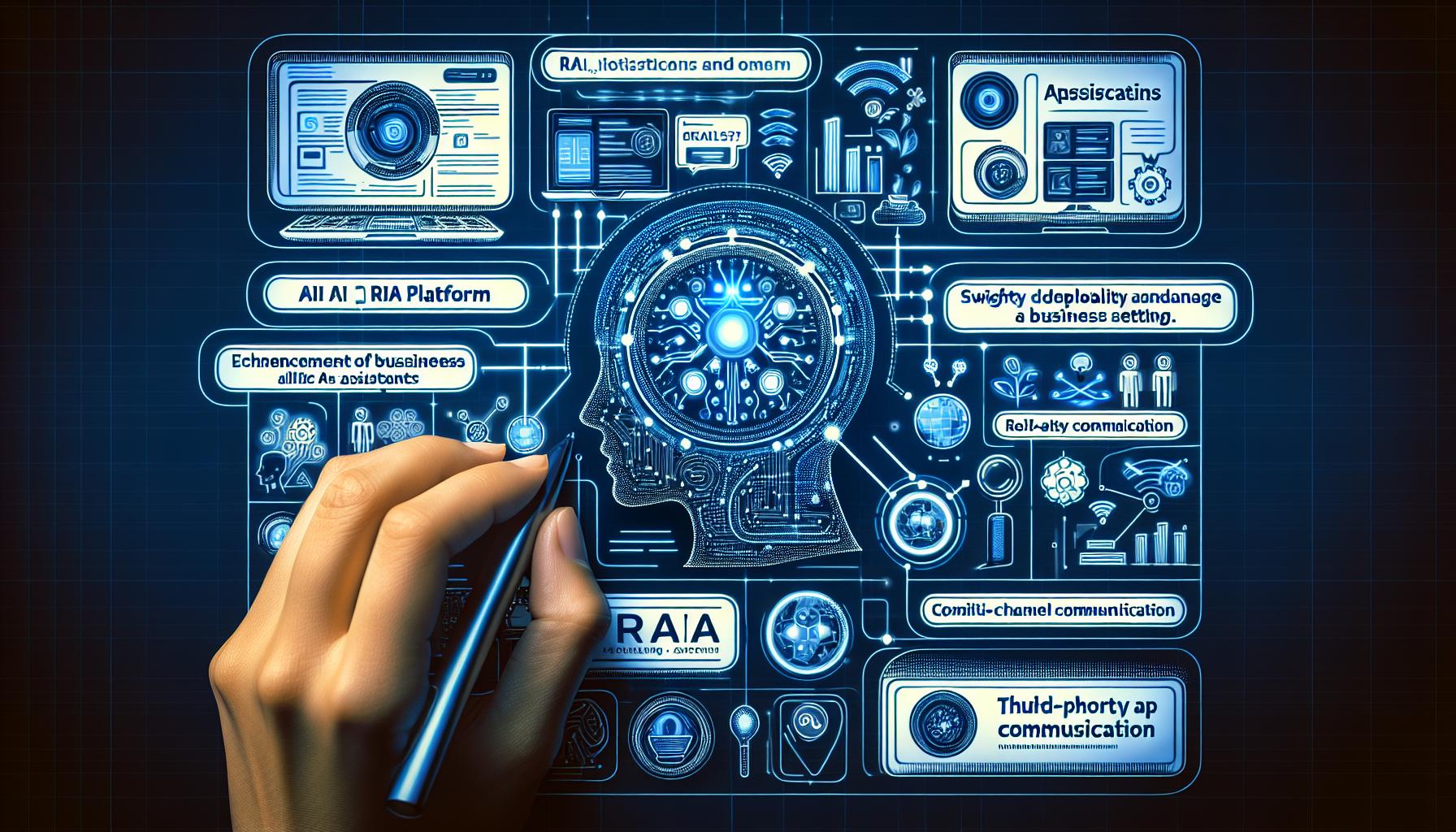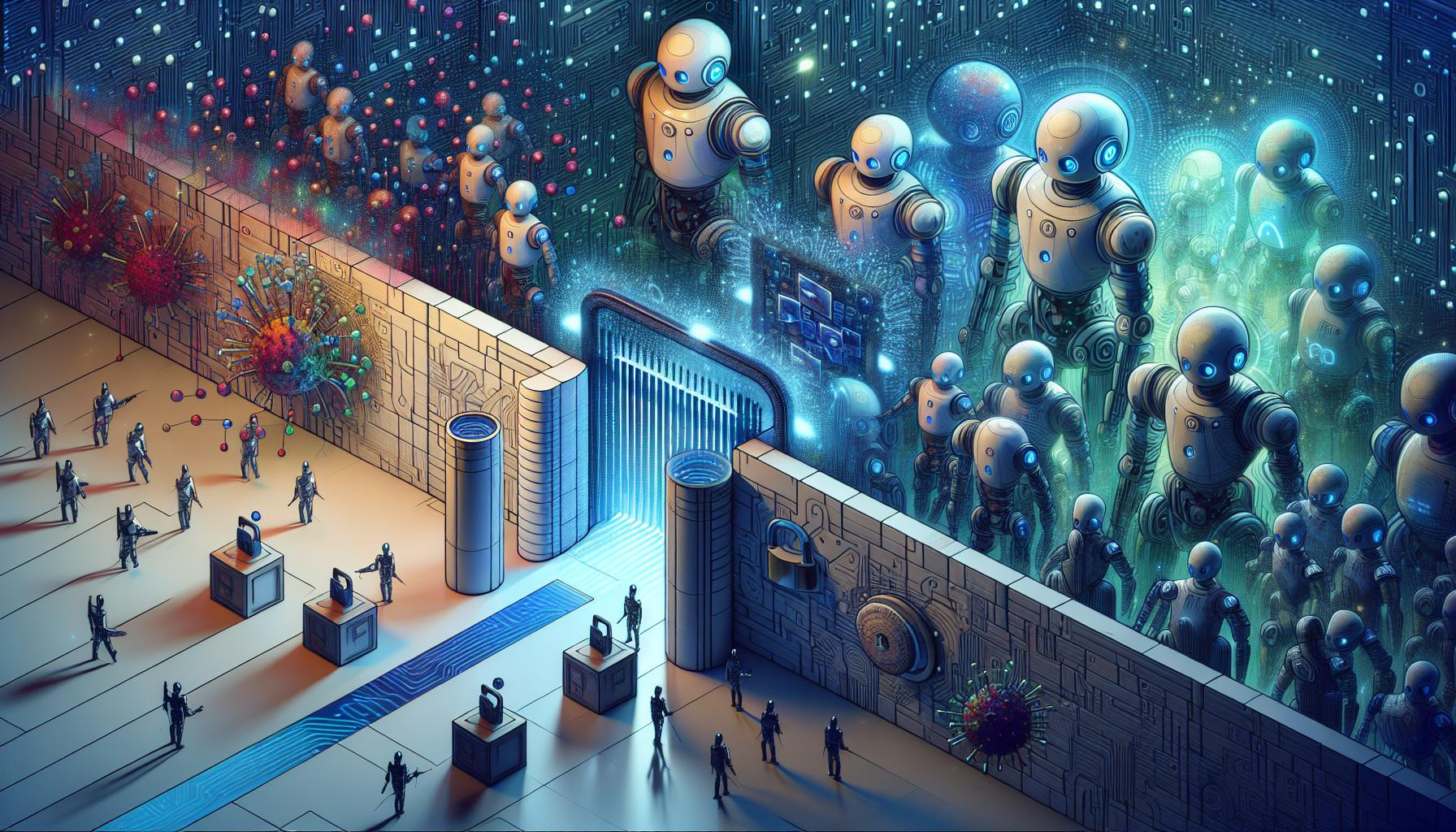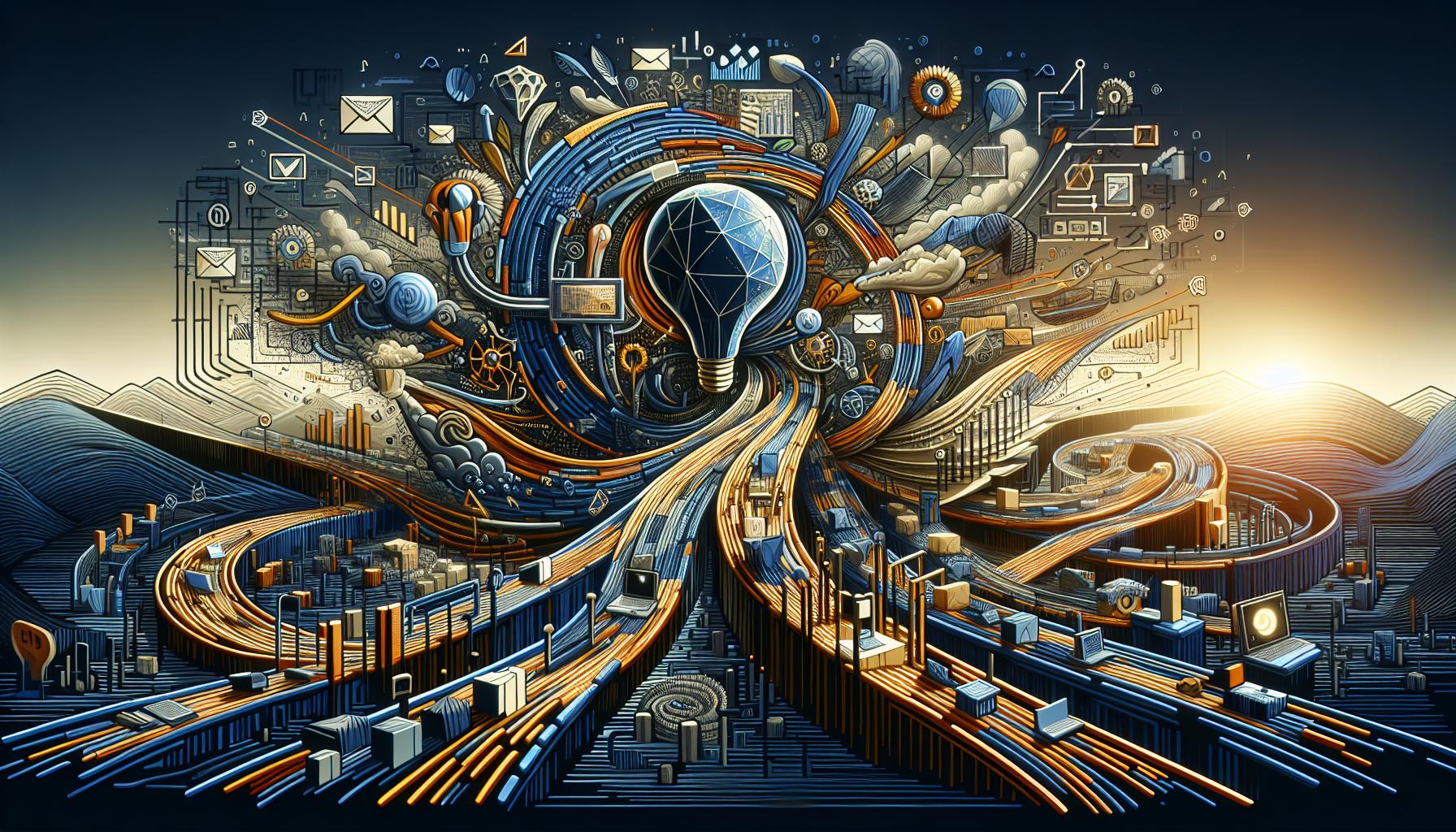RAIA vs. Other AI Multi-Agent Frameworks: A Comprehensive Comparison

Introduction
In the rapidly evolving landscape of artificial intelligence, multi-agent frameworks have become essential tools for developers aiming to build sophisticated AI systems. Among the myriad of options available, RAIA stands out for its user-centric approach, offering a seamless end-to-end solution for building AI agents. This article delves into a comparative analysis of RAIA and other prominent frameworks like AutoGen, crewAI, LangGraph, and OpenAI Swarm. By understanding the unique features and capabilities of each, businesses can make informed decisions that align with their strategic goals.
RAIA: A Business User's Delight
RAIA is designed with the business user in mind, emphasizing simplicity and ease of use. Unlike many frameworks that require extensive technical knowledge, RAIA provides a comprehensive platform where AI agents can be built and deployed without the need for deep coding expertise. What sets RAIA apart is its suite of built-in applications, including chat, SMS, email, and copilot apps, which are ready to use right out of the box. This integration significantly reduces the time and effort required to implement AI solutions, making it an attractive option for businesses looking to quickly leverage AI technology.
AutoGen: A Powerhouse for Developers
AutoGen, developed by Microsoft, is renowned for its autonomous code generation capabilities, particularly within Docker containers. It features AutoGen Studio, a no-code tool that facilitates visual management and debugging of systems. This makes it a powerful choice for developers who prefer a graphical interface and are working on complex programming challenges. However, AutoGen's flexibility comes with a steeper learning curve, especially for those with limited computational resources. Despite this, its ability to work with recent large language models makes it a robust option for sophisticated AI projects.
crewAI: Simplicity and Support
crewAI is celebrated for its straightforward setup process, making it accessible to beginners and those new to AI agent development. Built on LangChain, it benefits from a supportive community and extensive documentation. This framework is ideal for rapid prototyping and simple projects, although customization can introduce complexity. The involvement of educational figure Andrew Ng adds to its appeal, providing valuable resources for learning and development. For those prioritizing ease of use and community support, crewAI is a compelling choice.
LangGraph: Control and Customization
LangGraph offers extensive control, particularly for developers needing to construct complex workflows. Its support for JavaScript integration and the provision of LangGraph Studio, an IDE for visualizing and debugging workflows, make it a robust tool for detailed interaction. However, its constantly evolving documentation can be a hurdle for beginners. LangGraph is particularly suited for projects that require Retrieval-Augmented Generation (RAG) techniques, offering a high degree of customization and control.
OpenAI Swarm: Lightweight and Experimental
OpenAI Swarm is the most lightweight framework among those discussed, designed primarily for prototyping rather than production. Its clean and straightforward structure makes it suitable for experimental use, although it currently lacks the extensive features of more established frameworks like AutoGen and crewAI. As the AI landscape evolves, Swarm's potential for development remains promising, offering a glimpse into future capabilities.
Minimalist Approach: When Less is More
Interestingly, the text suggests considering a minimalist approach by eschewing frameworks entirely. This method can be beneficial when simplicity suffices, reducing dependency overhead and potentially cutting costs. However, this approach depends heavily on the specific context and requirements of a project, as well as the technical expertise available.
Conclusion
Choosing the right AI multi-agent framework is a critical decision that hinges on various factors such as ease of use, control, community support, and experimental flexibility. RAIA offers a distinct advantage for business users with its simplicity and built-in features, making it a compelling choice for those looking to integrate AI solutions quickly and efficiently. Meanwhile, frameworks like AutoGen, crewAI, LangGraph, and OpenAI Swarm each bring unique strengths to the table, catering to different needs and preferences. Reflecting on these criteria will guide the decision-making process, ensuring alignment with project goals and resources.
FAQs
1. How does the practical usability of each framework compare when implemented in real-world projects?
Each framework offers unique advantages and challenges. RAIA is user-friendly and ideal for quick deployment, while AutoGen provides robust capabilities for complex projects. crewAI is accessible for beginners, LangGraph offers detailed control, and OpenAI Swarm is suited for experimental use.
2. In what ways might OpenAI Swarm evolve to compete with more established frameworks like AutoGen and crewAI?
OpenAI Swarm has the potential to expand its feature set and improve integration capabilities, which could make it more competitive with established frameworks. As the AI field advances, Swarm's lightweight nature could be enhanced with more robust functionalities.
3. When is it more advantageous to avoid using a prebuilt framework and create a custom solution instead?
Creating a custom solution can be advantageous when project requirements are highly specific and do not align with existing frameworks. This approach can reduce dependency overhead and offer tailored functionalities, but it requires significant technical expertise and resources.




